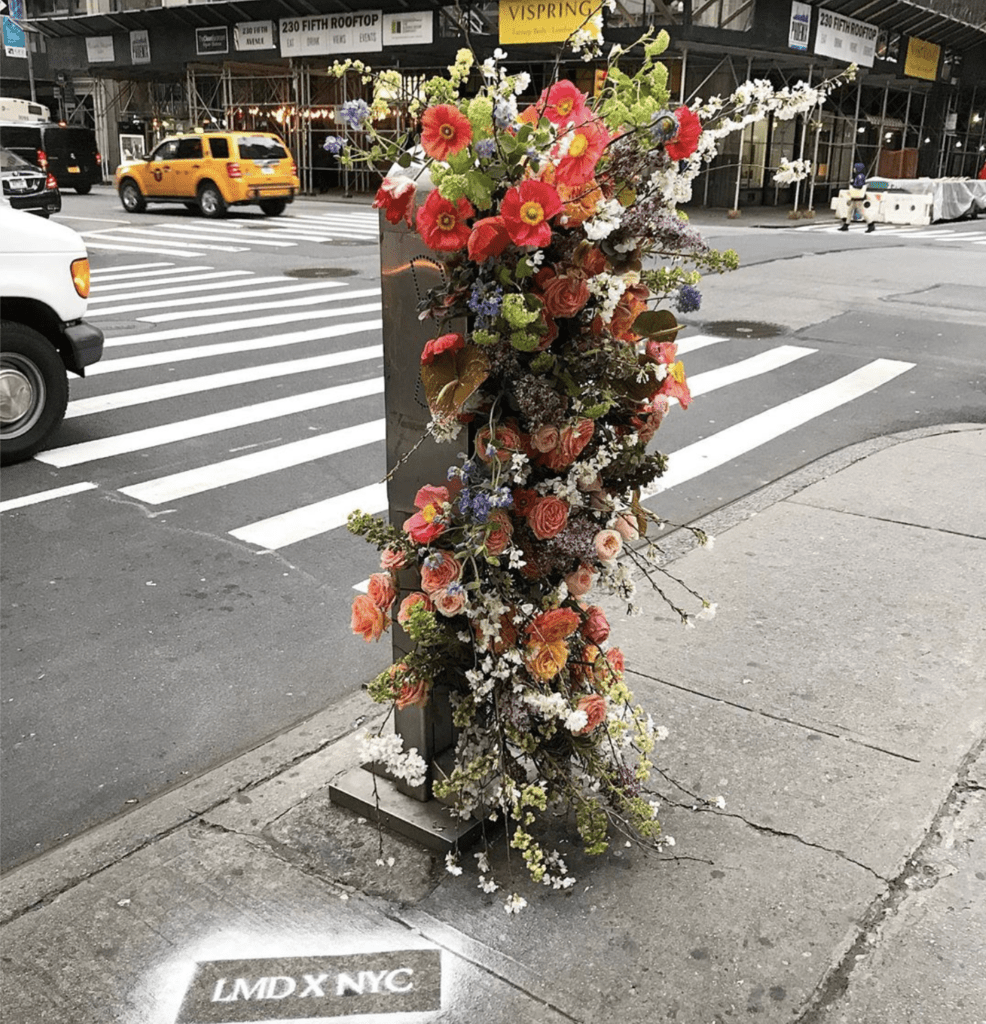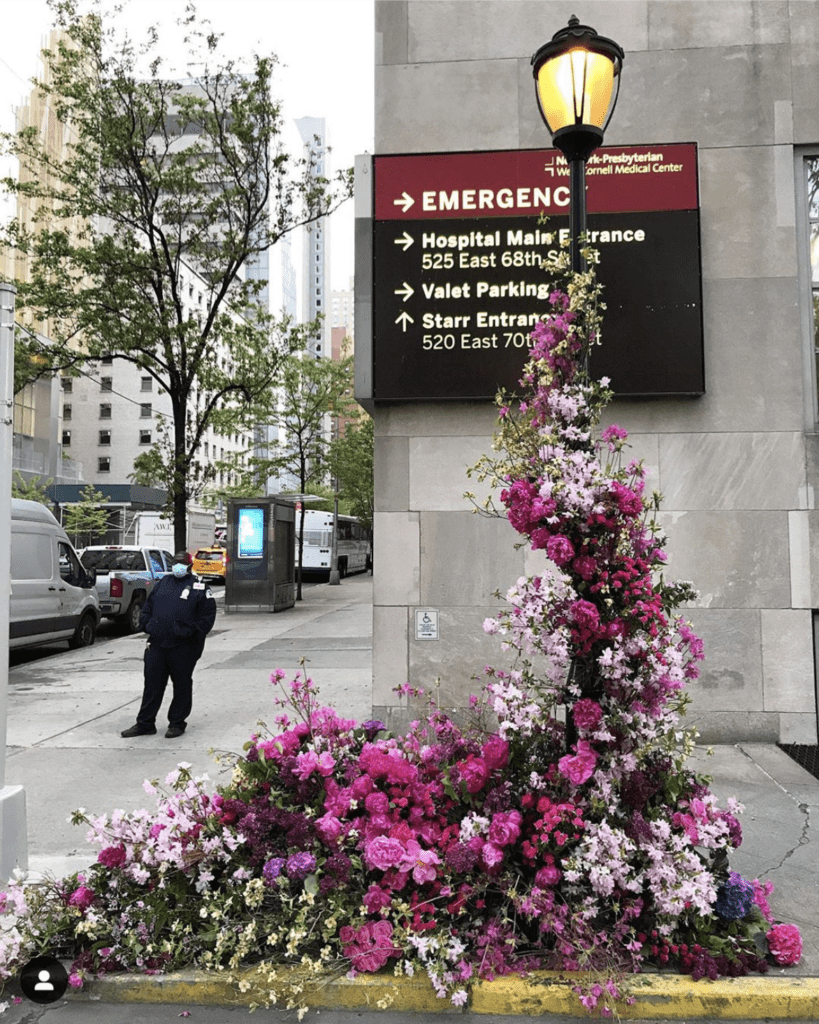“Think of a city and what comes to mind? Its streets. If a city’s streets look interesting, the city looks interesting; if they look dull, the city looks dull.”
In her beginning chapter, Jane Jacobs articulates this simple connection between the life of a city and its street. To some extent, New York perhaps gathers the most charming streets around the world: you will pass by hipsters with craft cocktails on their hands in the Soho area, and meet talented street artists play their wooden pianos in Washington Square Park. You can catch a glimpse of marvelous neon lights at Times Square, and feel the scent of a shirt from a vintage clothing store in Williamsburg. If you head to China town, you will find yourself immediately back to the homeland: Chinese restaurants are all over the streets, and every pedestrian is speaking Mandarin or Cantonese.
Streets in New York have always been noisy. When you set foot on a street in Manhattan, you could literally hear the whole world. The click of heels. The knock from a door. The Latin couple arguing. The kid laughing. The dog barking. The taxi accelerating. The subway passing underneath the pipes. The sound of a businessman yelling into his iPhone… However, as we always say, COVID has changed everything. If you visit a street in Manhattan several months ago during the pandemic time, there’s only silence, silence, silence. Endless and breathless silence. My professor Dana once went back to school to fetch a document. He told me when he came back, “you could not even imagine. Spring Street, Canal Street, the area is now like a ghost town…”
“Cities are the absence of physical space between people and companies. They are proximity, density, closeness.” But suddenly all the intimacy has gone. People lost their physical connection, streets lost their vitality, we are no longer students from NYU or Columbia, we are all students from “Zoom University”.
However, COVID did not defeat the city, and the city streets strike its liveness back from an innovative and heartwarming way. In May, there was a time when massive flower arrangements popping up around NYC streets. These flower flashes are displayed in various ways — any spot will do, whether it’s a sidewalk or a signpost, or even a trash bin. The flower designer Lewis Miller has been creating these huge flower arrangements around NYC to honor the healthcare workers who are risking their lives every day.


“Flower decoration” is not the only “fight back” way. New Yorkers also lean out of their windows and stand on their balconies. They clapping, cheering and banging pots and pans to honor essential workers still operating during the coronavirus pandemic. Although they could not go out, they still come together and sing out the spirits of a city.
When I left New York, the city has found its own way to go through the tough time: cases were started to fall, citizens were cautious and wearing masks all the time, shopping malls were reopening with the fitting rooms closed, restaurants were rebooting but only offering outdoor dining. You started to hear noises from the streets and felt the awakening of this city. You would be marvel at a city’s self-healing ability and the tremendous spiritual power deeps inside it. Then you would realize why Glaeser wrote down the line in his introduction:
“On a planet with vast amounts of space, we choose cities.”
(If you are interested with the “flower flashes” news, the entire version is here: https://www.cnn.com/2020/05/24/us/new-york-flower-flash-displays-lewis-miller-coronavirus-trnd/index.html )
Leave a Reply